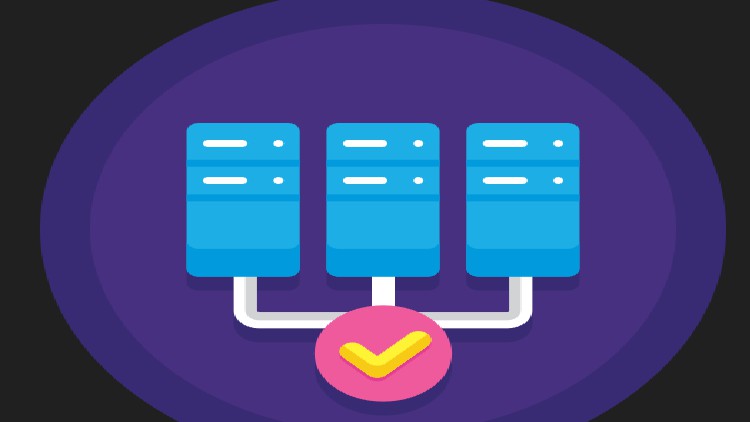
Unix solaris High Availability cluster ( Failover )( Active – Passive ) in Real life example with VMware ESXi hypervisor
Why take this course?
📘 Course Title: Unix/Solaris High Availability Cluster (Failover) [Active-Passive] with VMware ESXi Hypervisor
Course Headline: Master Unix Solaris High Availability Cluster Setup with Real-World Examples! 🌟
2024 Awaits – Embark on Your Journey to Cluster Mastery!
In 2024, this comprehensive course will take you through the intricacies of setting up a robust Unix/Solaris High Availability cluster. You’ll learn the ins and outs of creating a failover system that ensures your services remain operational even in the face of hardware or software failures. 🛡️
What You’ll Learn:
- Step-by-Step Cluster Setup: Gain hands-on experience in deploying a cluster from scratch.
- Understanding the core components and their roles within the cluster.
- Setting up resources, quorum, fencing, and troubleshooting for seamless operations.
- Solaris Cluster Deep Dive: Explore one of the most powerful high-availability solutions available.
- Learn about the history and evolution of Oracle Solaris Cluster.
- Discover how to configure it for optimal performance and reliability.
Key Components of the Cluster:
- Quorum: Understand the concept of quorum and its role in maintaining consistency within the cluster.
- Resources: Learn how to manage and monitor resources across nodes for active-passive configurations.
- Fencing: Get to grips with fencing mechanisms that protect against split-brain scenarios.
- Troubleshooting: Master troubleshooting techniques to keep your cluster running smoothly.
- Active-Passive Failover: Perfect your knowledge of active-passive failover strategies for high availability setups.
The Power of Solaris Cluster:
Solaris Cluster is a testament to Oracle’s commitment to building dependable, scalable, and highly available solutions. It’s not just about having redundant systems; it’s about ensuring that your services continue to operate with minimal disruption, even if individual nodes fail or are under heavy load. 🌍
Background and Application:
Solaris Cluster has been a cornerstone in high-availability configurations for years, offering two main types of HA services: failover and scalable services. With its geographic edition, it extends beyond data centers to cover global setups across different continents. 🌐
‘;
}});
The cluster’s design eliminates single points of failure by incorporating redundant components such as network connections and storage area networks, making it a key component in Business Continuity plans.
Kernel-Level Clustering:
Solaris Cluster operates at the kernel level, integrating with the host’s operating system to provide robust high-availability capabilities. It leverages normal system processes while also having special access to critical functions, ensuring that your cluster is both efficient and reliable. 🔍
Community and Source Code:
In a nod to openness and collaboration, Sun released the source code for Solaris Cluster in June 2007, inviting the community to contribute and grow this powerful technology. This open-source initiative has further strengthened Solaris Cluster’s position as a leading high-availability solution.
Enroll now and join the ranks of professionals who have mastered the art of high availability with Unix/Solaris and VMware ESXi. Your journey to becoming a cluster expert starts here! 🚀💻
